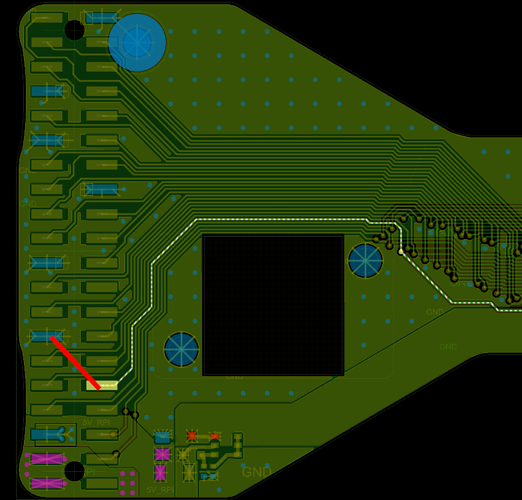I’m interested in knowing more about the battery, too. I was thinking that it’s some standard industrial battery type, and I should be able to replace it with something that is similar or has more capacity. Unfortunately, I’ll have to remove screws to see if the battery is identifiable.
I’d be happy to code up an enhancement to the power management to detect situations like Zman’s, above, if that’s possible with the hardware. I’d love to produce a message like “Battery is present, but it needs to be replaced.” I could be clever about detecting some capacity but not enough to run without AC.
On pi-top 1s, which are different, I have some units with batteries that are not even detected as an existing battery, which isn’t terrible, since it probably is not usable, but I’d like to issue a similar message.



 Luckily, there’s enough space for a switch that could be wired in place.
Luckily, there’s enough space for a switch that could be wired in place.